A Heather Lintie at the Castle o’ Burrian
Twite are such beautiful birds. Their subtlety is exceptional, with the softness of their stripes and the paleness of their beaks. It’s lovely to see small groups of them at the Castle o’ Burrian on Westray.
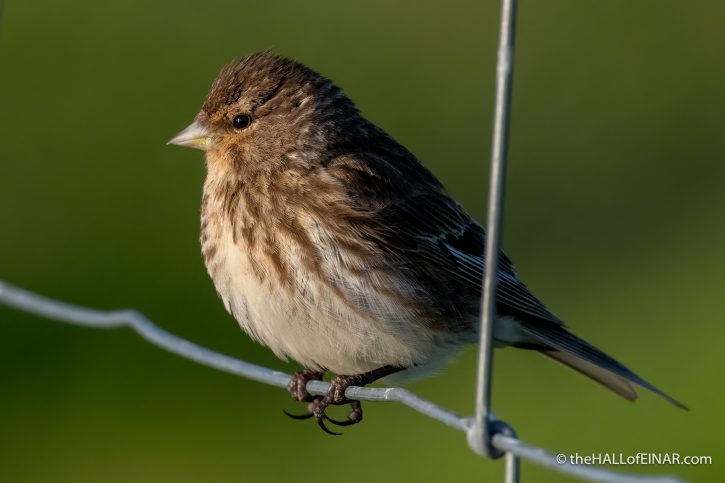
Here, they are called Heather Lintie. There’s not much heather left on Westray, but some clings on around the coasts where the ground is rough or too dangerous for cattle.
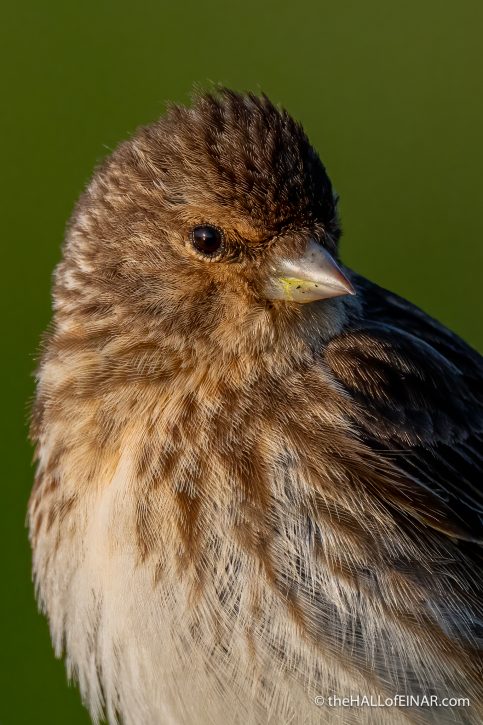
The closer you get, the more beautiful they are.
The Twite, Carduelis flavirostris, is also called the Pennine Finch, but it has almost been completely extirpated from England. It’s good to see them here, still hanging on to the edges of the land.
More Twite
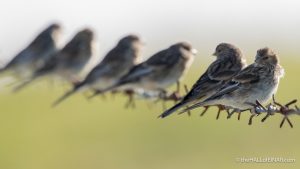 A flock of Twite and an inside leg measurement I'm walking one of the sections of coastal path on Westray. At least a path is what I call it.… read more
A flock of Twite and an inside leg measurement I'm walking one of the sections of coastal path on Westray. At least a path is what I call it.… read more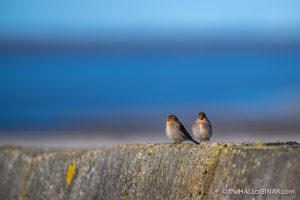 Two little Twite, sitting on a wall I've spent this week honouring Twite, a wonderful, curious, much-overlooked bird. Twite live in weedy fields and moorland, or at… read more
Two little Twite, sitting on a wall I've spent this week honouring Twite, a wonderful, curious, much-overlooked bird. Twite live in weedy fields and moorland, or at… read more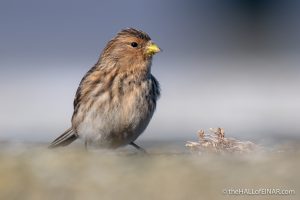 The death of the Yellow-Billed Linen-Weaver The scientific name of the Twite is Linaria flavirostris. Linaria means linen-weaver and flavirostris means yellow-billed. Twite are Yellow-Billed Linen-Weavers.… read more
The death of the Yellow-Billed Linen-Weaver The scientific name of the Twite is Linaria flavirostris. Linaria means linen-weaver and flavirostris means yellow-billed. Twite are Yellow-Billed Linen-Weavers.… read more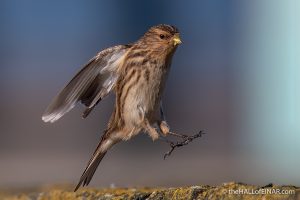 Step on Watching Twite is a delight. Every time one jumps, the others bob up and down, too. We've been photographing a… read more
Step on Watching Twite is a delight. Every time one jumps, the others bob up and down, too. We've been photographing a… read more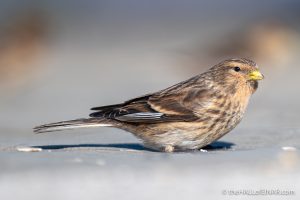 Can you imagine the Pennines without the Pennine Finch? Twite are on the verge of extirpation in England. Their last stand is in the 'Twite Triangle' between Manchester, Leeds… read more
Can you imagine the Pennines without the Pennine Finch? Twite are on the verge of extirpation in England. Their last stand is in the 'Twite Triangle' between Manchester, Leeds… read more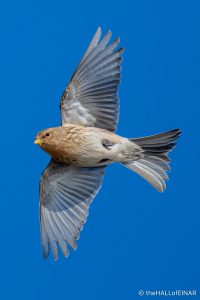 A small brown bird which few people care about Welcome to Twite Week at The Hall of Einar. Twite are small brown birds. To the uninitiated they might look… read more
A small brown bird which few people care about Welcome to Twite Week at The Hall of Einar. Twite are small brown birds. To the uninitiated they might look… read more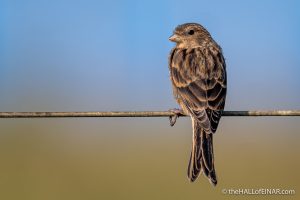 Twite are seriously underrated Twite are such beautiful birds. They're small brown finches, closely related to Linnets. The subtlety of their plumage is just… read more
Twite are seriously underrated Twite are such beautiful birds. They're small brown finches, closely related to Linnets. The subtlety of their plumage is just… read more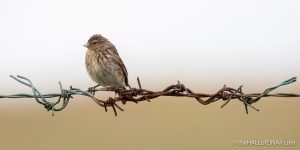 Twite on a wire There's a Twite on a wire. We're down to our last 10,000 breeding pairs. There's always a small, hardy flock… read more
Twite on a wire There's a Twite on a wire. We're down to our last 10,000 breeding pairs. There's always a small, hardy flock… read more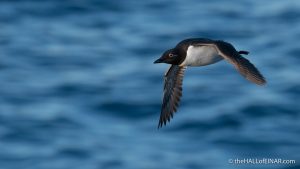 Flutterings Coronavirus has destroyed my livelihood. I've had all my work cancelled for a year and will have absolutely no income.… read more
Flutterings Coronavirus has destroyed my livelihood. I've had all my work cancelled for a year and will have absolutely no income.… read more